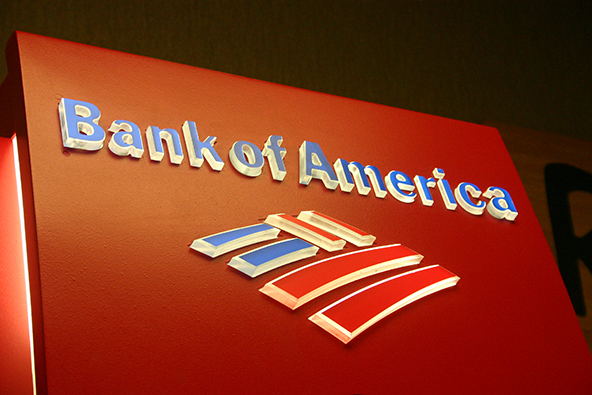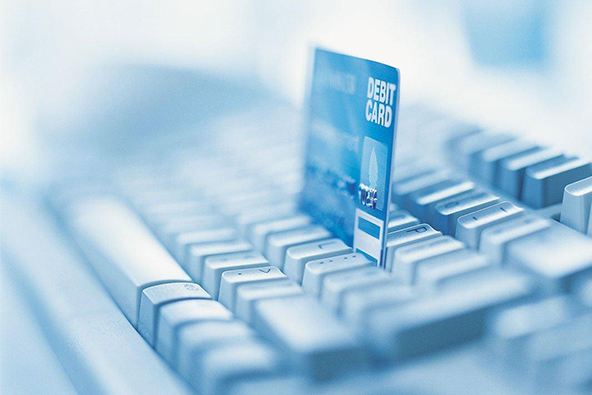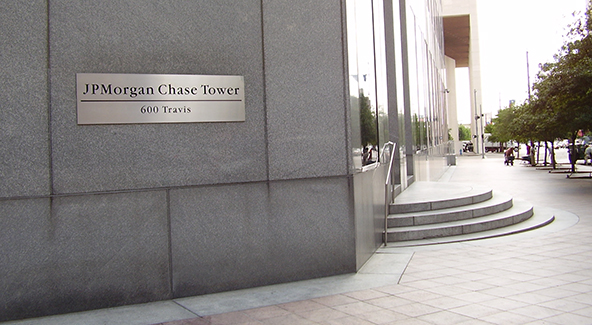Debit Fee Limit Side Effects Begin to Kick In

A couple of days ago a letter from Bank of America informed me that the terms of use of my checking account were being changed. My free checking account was being replaced with one that had a $15 monthly service fee. The funny thing was that one of the three ways to get the monthly fee waived was to have another BofA checking account linked to the main one and move?á$2,000 or more each month between them. So what’s the point?
Debit Fee Limit Side Effects Kick In
Well, the point is that not everyone will be paying attention and BofA will end up collecting quite a bit of money from fees which most banks, BofA very much included, got rid of long ago. What we are seeing are the side effects of the proposed fee limit on debit card transactions beginning to kick in.
As regular readers of this blog know full well by now, the fee limit was prompted by a clause in the sweeping financial overhaul legislation passed last year that charged the Federal Reserve with the task of ensuring that debit card interchange fees were “reasonable and proportional.”
While no one doubted how such a directive would be interpreted, the extent to which the Fed decided to lower the fees card issuers charge retailers each time they accept a debit card for payment (the so-called interchange fees) was astounding.
Under the Fed’s proposal, on July 21st debit interchange fees will be slashed from their 2010 average of $0.44 per transaction (by Fed’s own calculation) to $0.12, a decrease of more than 70 percent.
Estimates vary, but if enacted as proposed, the interchange fee limit would cost issuers anywhere between $13.6 billion a year, according to a CardHub.com report, and $25 billion, according to data from Boston Consulting Group (BCG).
How Issuers Will Make Up for Lost Revenues
Of course issuers were never going to quietly put up with such huge losses in revenue and immediately began devising schemes to make up for the expected shortfall, even as they poured huge amounts into lobbying efforts to prevent the rule from taking effect in the first place.
My Bank of America letter demonstrates just one of the tools banks have at their disposal to minimize interchange damage. A very nice Sandra Block article in the USA Today offers a quite extensive list of other such tools, including higher bank fees and interest rates, fewer rewards, etc.
The point is that the issuers will manage to find ways to make up for the expected losses. Retailers will also be happy to minimize their card acceptance cost. What about consumers, though?
The Takeaway: Debit Fee Limit Will Hurt Consumers
The way I see it, the only clear loser from the interchange fee fight will be the consumer. Even if, unlikely as it is, retailers do pass on the windfall from the debit fee reduction to their customers, the cumulative effect from all the negative changes to the various types of financial services we use will far outweigh the benefit.
Moreover, the less savvy consumers — and the ones who can least afford it — will again be the ones who will take the brunt of the adverse changes, although all of us will end up paying more for one financial service or other. What is more, even if issuers are successful in their push-back and the Fed scraps or at least raises the fee limit, I’m not sure if banks will also change direction and go back to free checking, etc. The damage is already done.
Image credit: Wikimedia Commons.


